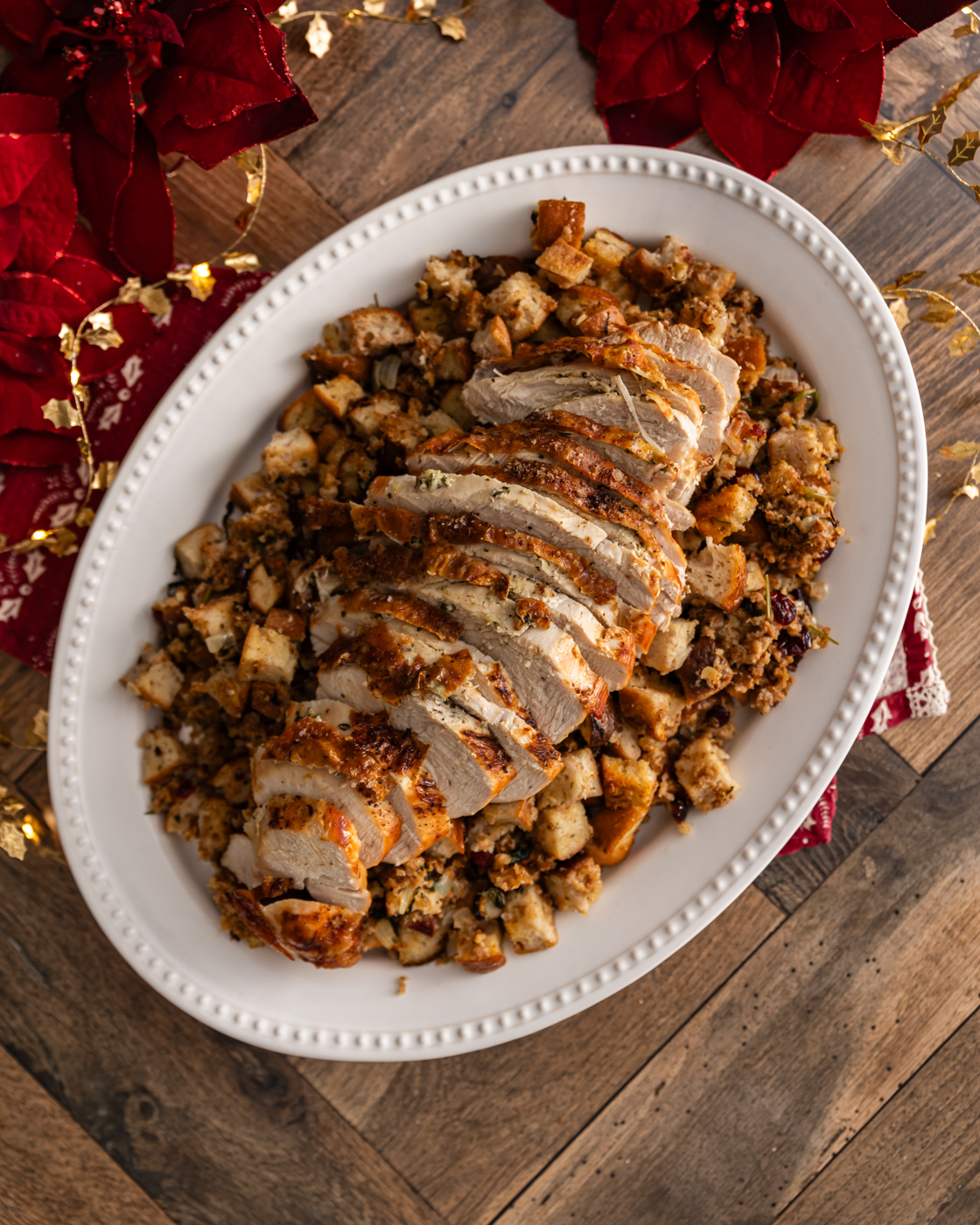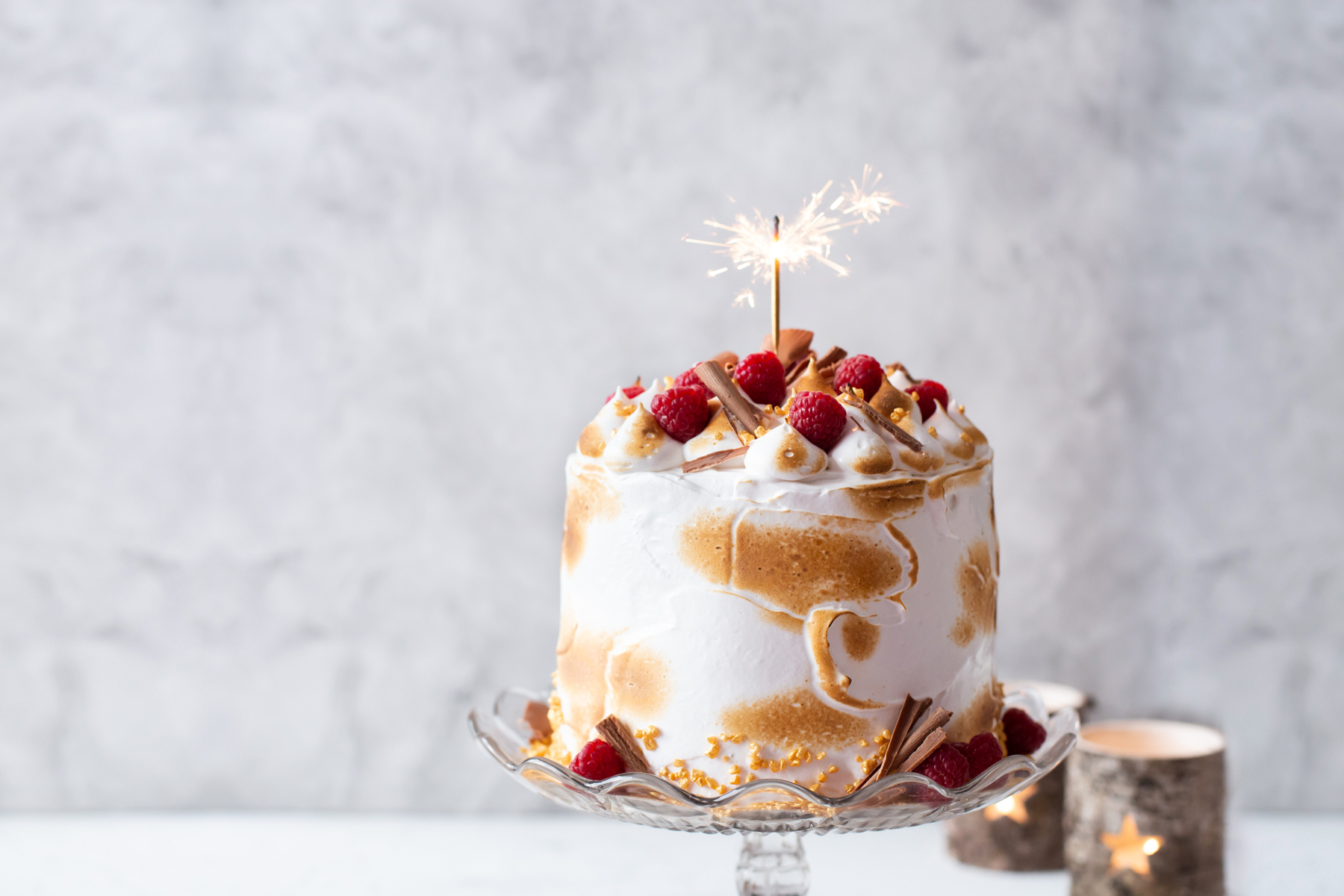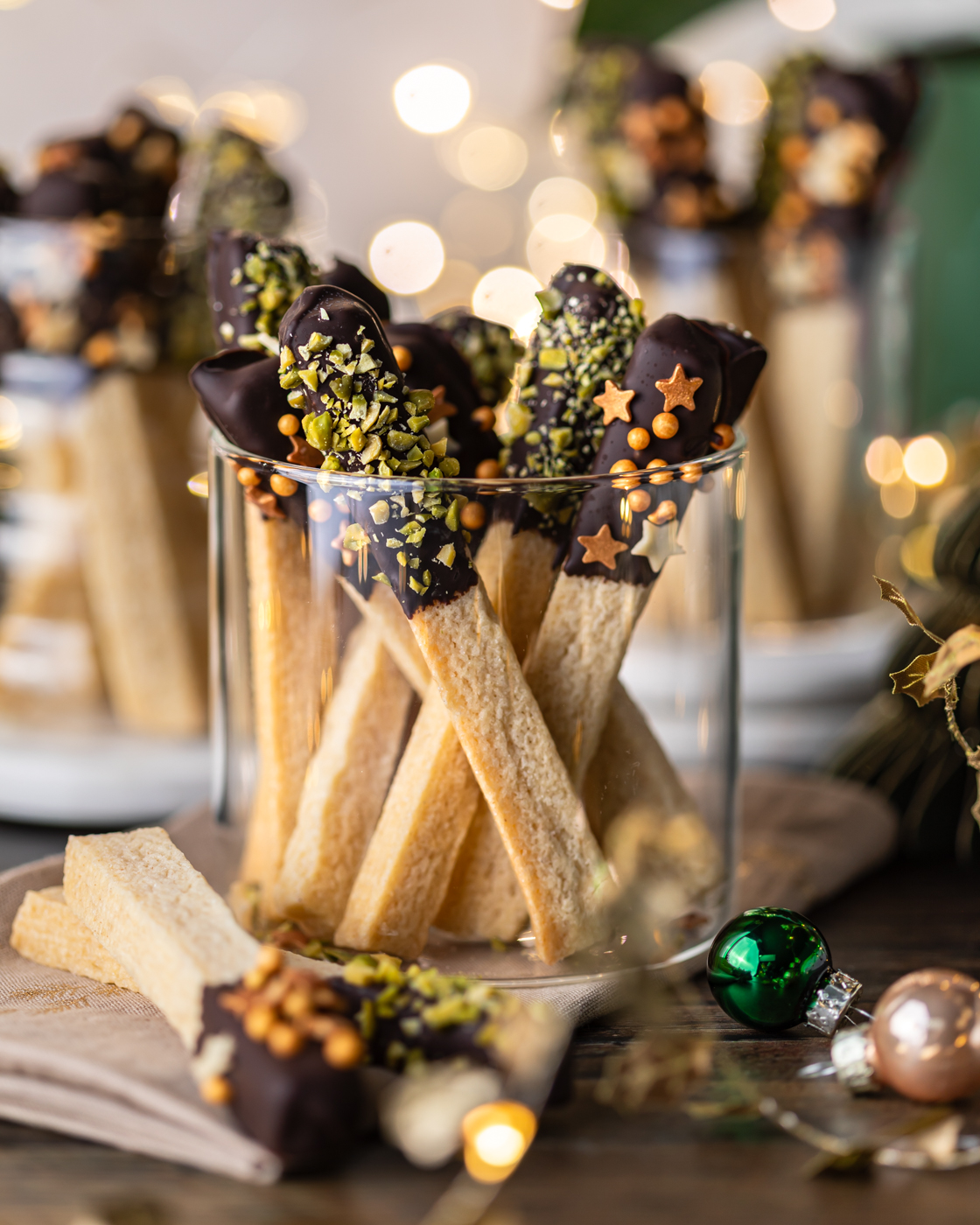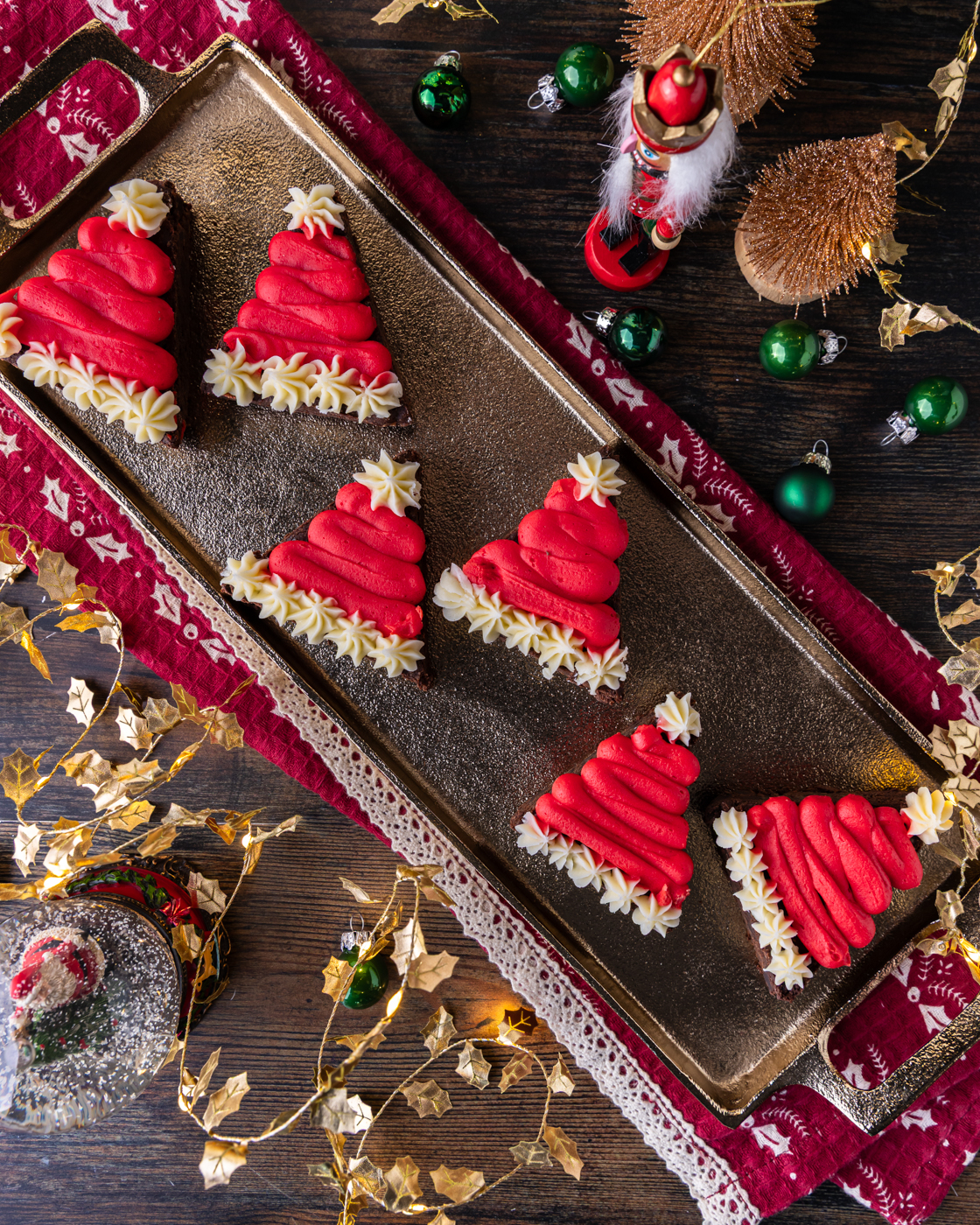
How To Make A Ladybird Cake
Thu Aug 10 2017

A fun and bright ladybird birthday cake that kids will love, this is a Madeira sponge which is firm and is perfect for carving into shape as well as being covered with ready to roll icing.
For the cake:
- 450g/16oz unsalted butter, softened
- 450g/16oz caster sugar
- 450g/16oz self raising flour sugar, sifted
- 235g/8oz plain flour, sifted
- 1 tsp salt
- 6 eggs
- 1 tbsp vanilla extract
Other flavour options:
- Almond: substitute ½ tbsp almond extract for ½ tbsp vanilla extract
- Orange: Reduce vanilla by ½ and add zest of 1 orange
- Lemon: Reduce vanilla by ½ and add zest of 2 lemons
For the icing:
- 115g/4oz unsalted butter, softened
- 250g/9oz icing sugar, sifted
- 2 tbsp milk
- 1 tsp vanilla extract
- ½ tsp salt
To decorate:
- 750g/26oz red ready to roll icing (fondant)
- 250g/9oz black ready to roll icing
- 200g/7oz green ready to roll icing, optional
- 125g/4½oz yellow or other colour ready to roll icing, optional
- 50g/2oz white ready to roll icing
- Water for gluing
- Cornflour for dusting
Method:
- For the cake, preheat the oven to 160°C/325°F/gas 3. Grease a 20cm/8inch springform cake tin and line the bottom and sides with parchment paper, making sure the parchment comes up about 5cm/2″ above the top to form a collar so that you end up with a tall cake once baked. Place a large ovenproof dish on the lowest shelf in the oven and fill with water, this will help keep the cake moist while baking.
- Also, grease and flour an ovenproof ramekin dish, or something similar, as this will be used to make the head of the ladybug.
- In a large bowl, beat the butter and sugar together with an electric mixer until pale, between 5-10mins.
- Sift the flours and salt together in a large bowl, set aside.
- Beat in eggs, 1 at a time with 1 tbsp flour, to the butter and sugar mixture. Make sure to scrape down the sides of the bowl between additions. Beat in the vanilla or other flavourings.
- Add the remaining flour, and with mixer on lowest speed, beat until just combined.
- Spoon mixture into prepared ramekin or similar nearly to the top, then spoon the rest of the mixture into the prepared baking tin and smooth the top with a spatula. Place both in the oven and bake cake for 1½ hours, but remove ramekin after 30-25 minutes. Check to see if cake is ready by inserting a skewer, it should come out clean. If needed, bake for further 10 minutes, check again, etc. until cake is done.
- Remove from oven and leave cake to cool in baking tin on a wire rack.
- Once completely cool, remove from tin and wrap well in clingfilm and place in a large airtight container. It’s best to leave the cake overnight for assembly the next day as it will be easier to carve once firmer.
- For the buttercream, in a large bowl, beat butter with an electric mixer until smooth. Sift in icing sugar and add milk, vanilla and salt. With mixer on lowest speed, beat until icing sugar is mixed in, then increase speed of mixer and beat until buttercream is smooth and creamy. Make sure to scrape down the sides of the bowl so that everything is incorporated.
- Buttercream can be made ahead and kept refrigerated in an airtight container overnight. Remove from fridge 1-2 hours ahead of assembly and give a quick mix before using.
- Optional, prepare a large cake board or serving plate by kneading the green ready to roll icing until soft and malleable on a clean surface lightly dusted with cornflour. Dust surface with a bit more cornflour and roll out green icing into a large rectangular shape. Make sure to keep the fondant moving around on the surface, adding more cornflour as needed, so that it doesn’t stick. Use a sharp knife or pizza cutter to cut out a shape of a leaf.
- Carefully transfer the leaf to your cake board or serving plate and use a blunt tool to mark veins in the leaf, making sure not to cut all the way to the board. It’s best to prepare the leaf the day before so that it has time to dry out and become more firm.
To assemble:
1) Cut cake in half horizontally, then spread about one third of the buttercream over the one half of the sponge. Place the second half of sponge on top and press down so that it sits firmly in place.
Using a serrated knife, trim the top edges of the large cake all the way around until you are left with a dome shape. If you’re not confident with cake carving, shave away small layers at a time, assessing the shape at eye-level, until you are happy.
Similarly, carve the smaller sponge until you are left with a ball shape with a flat base for the head of the ladybird.
Cover the “head” and “body” with a thin layer of buttercream, then set aside.
2) Dust a clean surface with a small amount of cornflour. Knead half of the black ready to roll icing until soft and malleable. It’s best to wear food safe gloves as the moisture from your hands can make the icing sticky, which means you need to add more cornflour which in turn dries it out and can cause the icing to crack when applying to the cake.
Have the ladybirds’s “head” nearby, then lightly dust the surface with a bit more cornflour and roll out the black icing in a circular shape until it’s large enough to cover the “head”. Make sure to move the fondant around on the surface, adding cornflour as needed, so that it doesn’t stick.
Gently lift the black icing and lay it over the small ball of cake. Use your hands to smooth the icing around the shape until it’s covered to the base. Use a sharp knife or pizza cutter to trim away excess fondant. If the trimmings are clean of buttercream, keep them in a freezer bag to use later.
Dust a large clean surface with a small amount of cornflour. Knead the red ready to roll icing until soft and malleable.
Lightly dust the surface with a bit more cornflour and use a large smooth rolling pin to roll the icing out in a large circular shape to between 45-50cm / 18-20 inches wide making sure it’s large enough to completely cover the cake with a bit extra. It should be no thinner than 3-5mm/ ⅛-¼inch thick.
Have your large iced cake nearby, then gently roll the icing loosely onto the rolling pin, then unroll it over the cake, making sure it’s centred.
Use your hands to smooth the icing over the cake all the way down the sides. Trim away excess icing with a sharp knife or pizza cutter leaving a small border.
Smooth the icing further with your hands or a cake smoother from the top down to the base of the cake to get rid of any air bubbles and lumps. Once smooth, use a sharp knife or pizza cutter to trim away the small border right to the base of the cake.
3) To decorate the ladybird, knead the white fondant until soft then roll it out and use a round cutter to cut out two circles for the eyes. Knead and roll out a small amount of the black fondant and cut out two smaller circles for the pupils. Set aside.
Re-knead and roll out the black fondant, and using 1 or 2 round cutters, cut out enough circles to decorate the ladybug’s back. Set aside.
Re-knead the black icing, then use it to cover 2 toothpicks to make the antennae. Simply roll the icing into a thin sausage. Lightly wet one of the toothpicks then press it into the icing. Close the fondant around the toothpick and roll it until smooth. Trim away icing from the one end leaving the end of the toothpick sticking out, then on the other end, bend the icing slightly and trim away the excess. Repeat with the other toothpick then set aside.
Knead the remaining black icing together and roll it out into a thick sausage shape. Cut the icing into 6 equal pieces, then shape each piece into the ladybird’s feet.
4)Carefully lift the body of the ladybird using a large spatula or similar tool and position it on the prepared cake board or serving plate.
Position the ladybirds’s head against the body. If you wish to make sure it’s secure, use a toothpick to join the body and head.
Next, use a blunt tool to impress a smile into the head. Then use the same tool to impress a line straight down the back of the ladybug where the two wings would meet. Make sure not to press too hard so that you don’t cut through the icing.
Glue the white circles for the eyes on the ladybug by very lightly wetting the back of each with a bit of water, you can use a clean paint brush or your fingertip. Then glue the smaller pupils onto the whites of the eyes.
Stick the black dots onto the ladybird’s body using a small bit of water on the back of each one. Then gently stick the antennae into place.
5) To finish, glue the six feet to the sides of the ladybird.
Optional, use a flower shaped cutters to make flowers with the yellow or other coloured fondant. Stick them to the board using a small bit of water. You can also cut out tiny flowers and stick them to the ladybird’s head.
This cake can be prepared up to a week ahead of time. Keep at room temperature in a cool and dry area. Do not refrigerate or keep in an airtight container.










